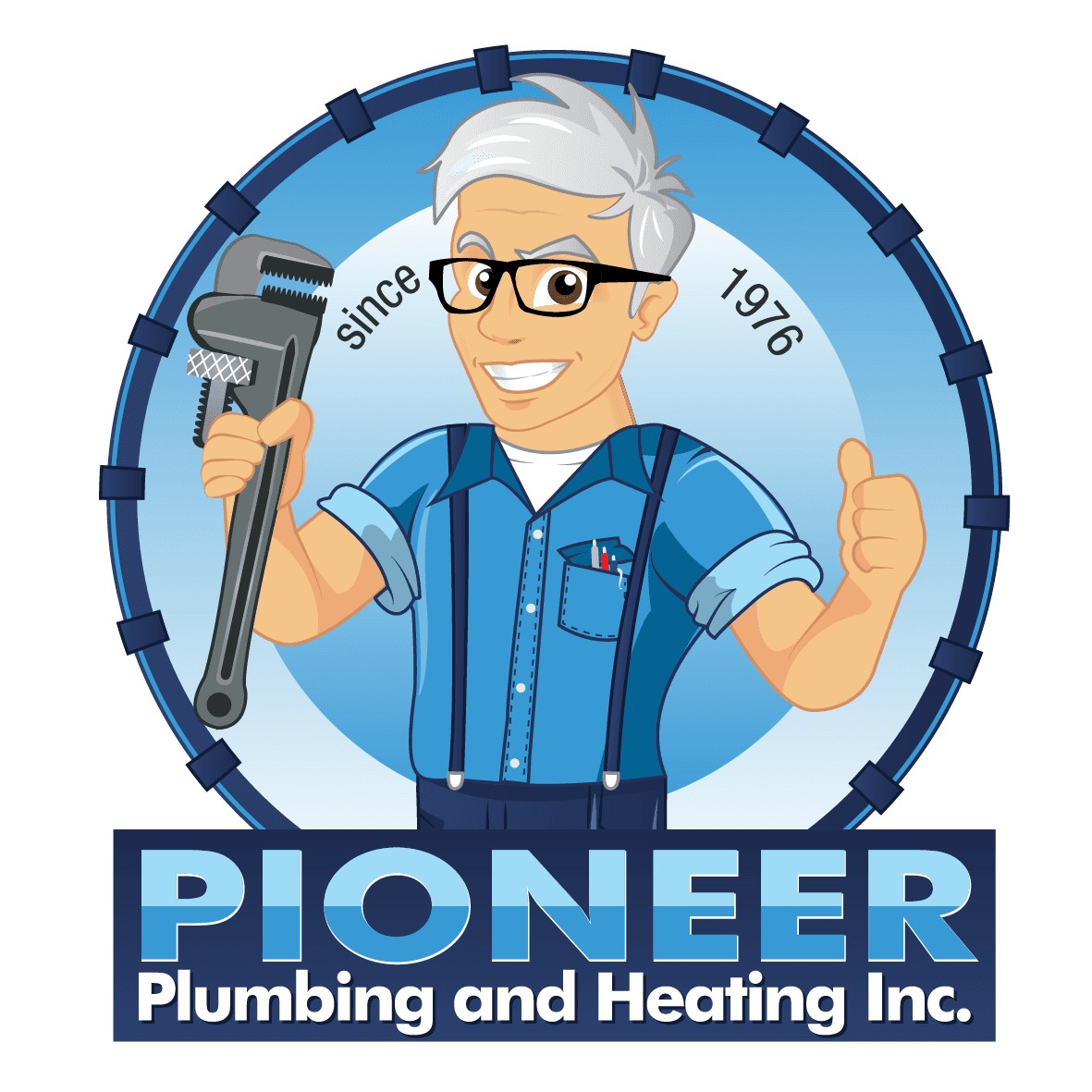History of Plumbing
The Roman’s used lead and clay piping for potable water that serviced private homes, amphitheaters, and bathhouses throughout the Roman Empire. In fact lead was still the predominant metal used for water services servicing homes and businesses in the US up until WW II. Lead was very flexible and extremely durable which made it an ideal piping material. In fact “lead wiping” was considered an art form. The use of lead for potable water declined sharply after WW II because of the dangers of lead poisoning. There is still some controversy with regards to the harmfulness of lead water services being used. Some testing was done several years ago and it was found that the service calcified so quickly very little if any lead leeched through the calcification be that as it may lead services are no longer used and are still being replaced to this day in some of our larger older cities across the US.
Copper and Galvanized Piping
Just after WWII copper became the material of choice for water services around the country and galvanized screw piping became the material of choice for interior plumbing piping. In the 70’s, copper replaced galvanized piping for water piping supremacy. Copper is fairly easy to work with, comes in soft (annealed) and hard copper. There are several different grades of copper water, waste and vent piping; DWV copper tubing is the thinnest walled copper tubing and is only recommended in drainage waste and vent applications. Type “M” is the thinnest walled copper to be used for plumbing water piping. It is approved for water piping in most municipalities but it’s more popular use is for drain, waste and vent ( DWV ) piping.
Pipe Grades
The next copper piping grade is Type “L” it is in the middle with regards to wall thickness and is the most popular type of copper to be used for potable water. Type “K” copper has the thickest walls and is usually used for harsh conditions.
PEX and PVC Piping
Although PEX has been in use since the 1960s it has taken quite some time to gain popularity in the US only in the last 25 years or so has PVC and PEX tubing has been gaining popularity for use for water piping in residential applications for its ease of use. Its durability and cost make it a very attractive choice. PEX piping can be bought in flexible rolls, hard lengths or wrapped in aluminum to hold its shape.
Wooden Water Mains
Another material used for plumbing pipes, particularly water main, was hollowed wooden logs wrapped in steel banding. Logs used for water distribution were used in England close to 500 years ago. In the US cities began using hollowed logs in the late 1700s through the 1800s. Interestingly enough in the early 1800s fire fighters began to realize that they could bore into the logs to get water thereby helping them fight fires more effectively. When the firemen were finished fighting the fire they would insert a plug closing off the water, that actually where the word “fire plug” got its origin. Eventually municipalities began tapping the water mains at a certain spot on each block so firemen didn’t have to dig down to find the main every time there was a fire on the block.
Wooden water mains remained the material of choice for water distribution until the early 1900s when plumbing piping took a huge leap in durability and flow characteristics with the advent of sand cast, cast iron water main. Although sand cast isn’t used today cast soil pipe is still a material used in today’s plumbing systems. Cast iron had been used for water distribution in other parts of the world quite a bit earlier than when it became widespread in the US. In fact the very first complete use of cast iron for water distribution was installed at Versailles, France in 1664. It remains functioning to this day.
Cast Iron
Ductile iron replaced sand cast in the early 1960s. Ductile iron is a cast iron, but the way it’s heated and enhanced by chemical compounds greatly improved its strength and improved on cast iron’s tendency to be strong but very brittle.
With regards to waste and vent piping, cast iron and PVC are the materials used most especially for large diameter piping. Copper is also used for waste and vent but in smaller diameter applications. Because of copper’s value it becomes cost prohibitive to use it with larger diameter pipe for reference, say 3″ and above.
Acid Waste Piping
There is one other area that we think needs to be touched upon and its acid waste piping. Acid waste, by definition, is any waste in which acids appear in higher concentrations than found in household waste. Although PVC has acid resistant properties, it is not recommended for use in situations where piping is continually exposed to higher than normal concentrations i.e. photo labs, science labs, chemical companies etc. In these situations acid resistant pipe and fitting are recommended.
If you live in the Greater Vancouver area and need a plumber, call us any time. To read what our customers have to say about our service, click on this Vancouver plumbinglink to see our testimonials.



